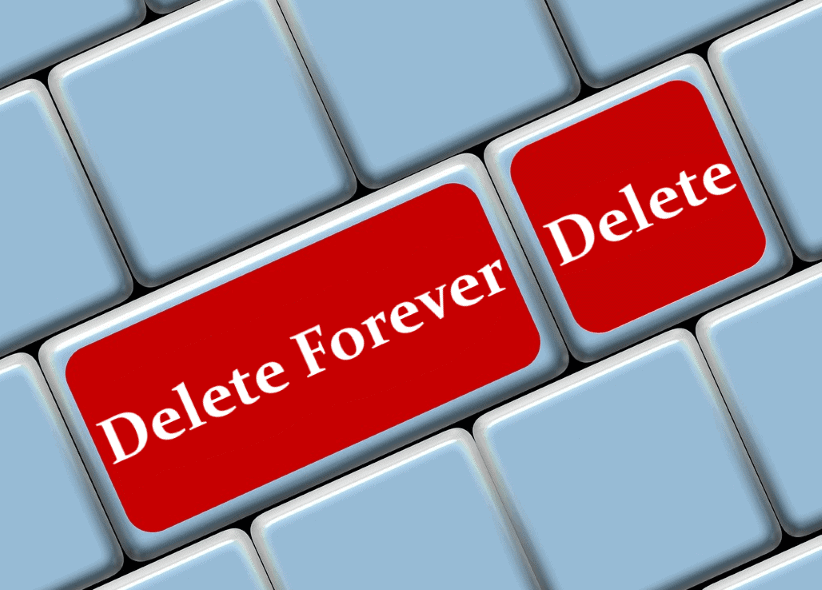The majority of people believe that moving a file into Trash and emptying it will erase the file from their computer.
The harsh truth is that the computer does not completely erase that file, it just makes the file invisible to the user and marks that part of the disk the file was stored on as ‘available’.

This means the operating system is free to overwrite the file with new data and will do so in the coming days, weeks or months. But it is worth emphasizing that until that happens, your ‘deleted’ data is still on the disk and can be recovered with the right tools.
If you want to delete a file forever, make sure it is overwritten immediately. That was the role of Secure Delete, a feature present in macOS 10.4–10.10 that enabled users to trash the selected files and then select Finder > Secure Empty Trash. With macOS 10.11 El Capitan, however, Apple removed this feature because it felt it could not guarantee secure deletion on the standard disk type used in modern Macs, SSDs. Security experts recommend encryption for flash drive users.
With iCloud deeply integrated into macOS, those concerned about privacy now have another reason to worry. If you use iCloud backup or iCloud Drive, there is no way to guarantee that a file uploaded to the cloud will be deleted forever. This takes the issue out of your control.
However, if the files are stored locally on your Mac, there are ways to permanently delete files. We will show you three ways to erase files from your Mac for good.


There is a very powerful command that Advanced Mac users can utilize to securely remove files, directories: srm. As you may have guessed, “srm” stands for ‘secure removal’ and is the secure version of the more common “rm” command. The srm command uses a 35-pass Gutmann algorithm by default, which means that the data is first removed, and then written over 35 times using random patterns.
Permanently removing a file with Terminal looks like this:
srm /path/to/file
In case of a directory:
srm -r /path/to/directory/

We understand if you don’t want to type in commands you don’t understand into Terminal, so the second way is to use any of the free file shredders available. This type of software, such as the free app Permanent Eraser, will securely erase the content of Trash just by double-clicking on the app icon, but you can also select files and drag them into the app to securely erase them.

If you care about your computer, the Application folder already has a Mac optimization tool. Some of them (such as CleanMyMac, MacBooster, MacKeeper, OnyX, etc.) include a module usually called “shredder” or “secure erase”. To permanently remove files just make use of these features, select the files and click the “Shred” or “Erase” button.
Share your thoughts, ask questions, and connect with other users. Your feedback helps our community make better decisions.
©2012-2025 Best Reviews, a clovio brand –
All rights
reserved